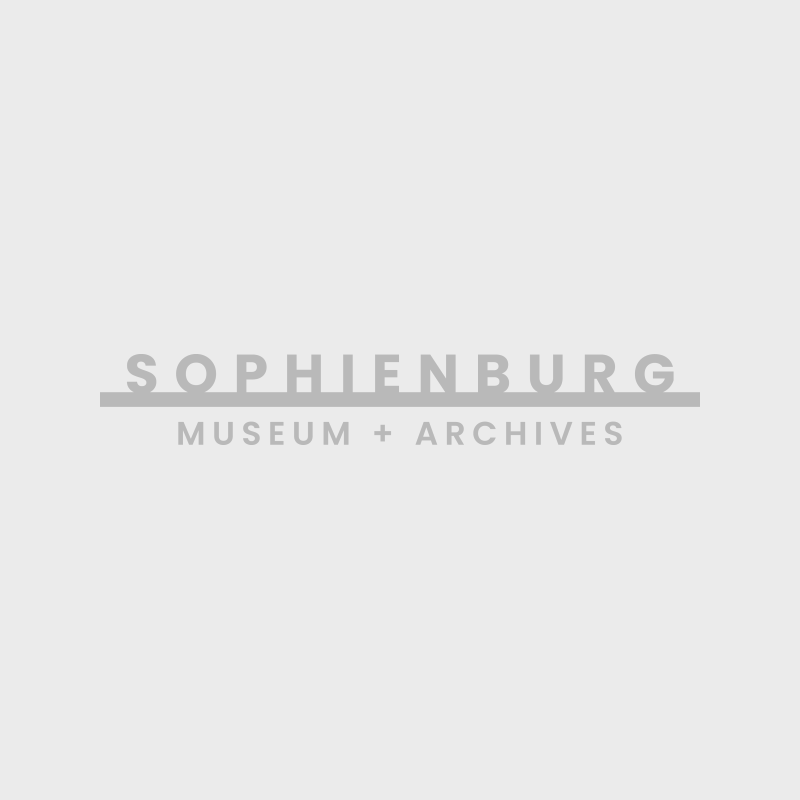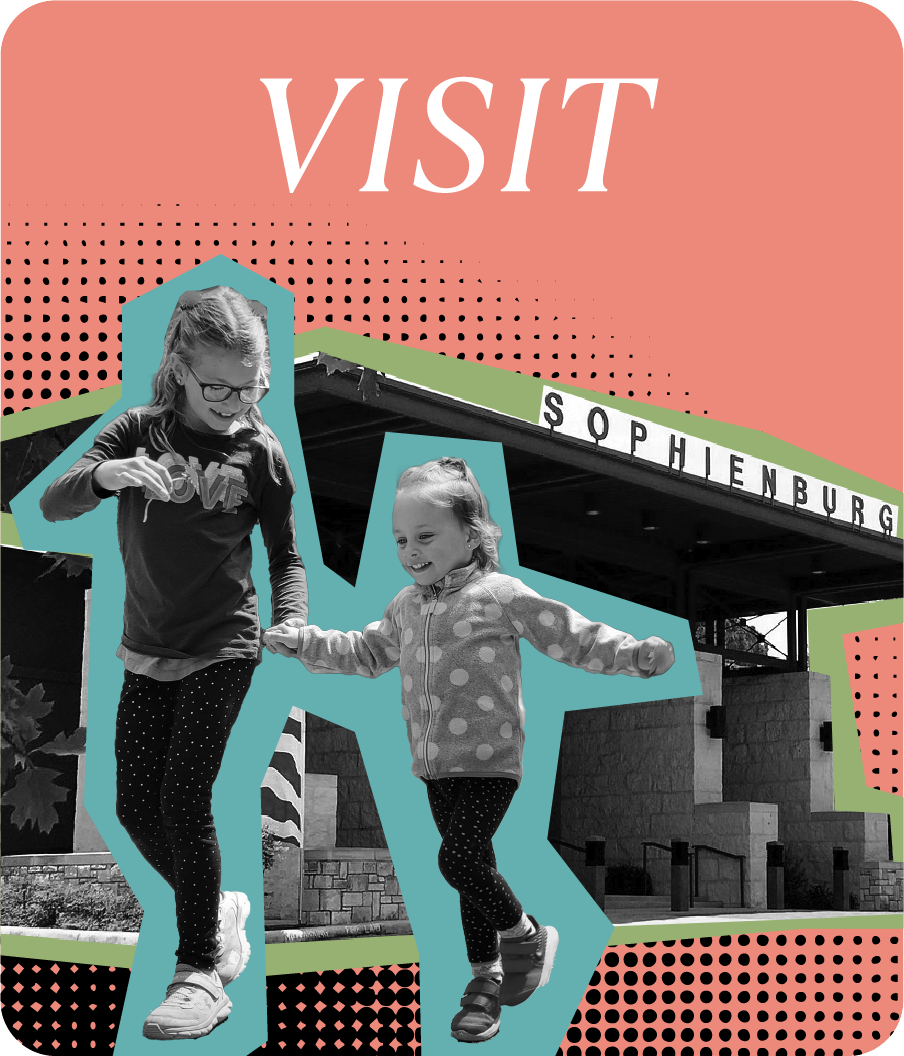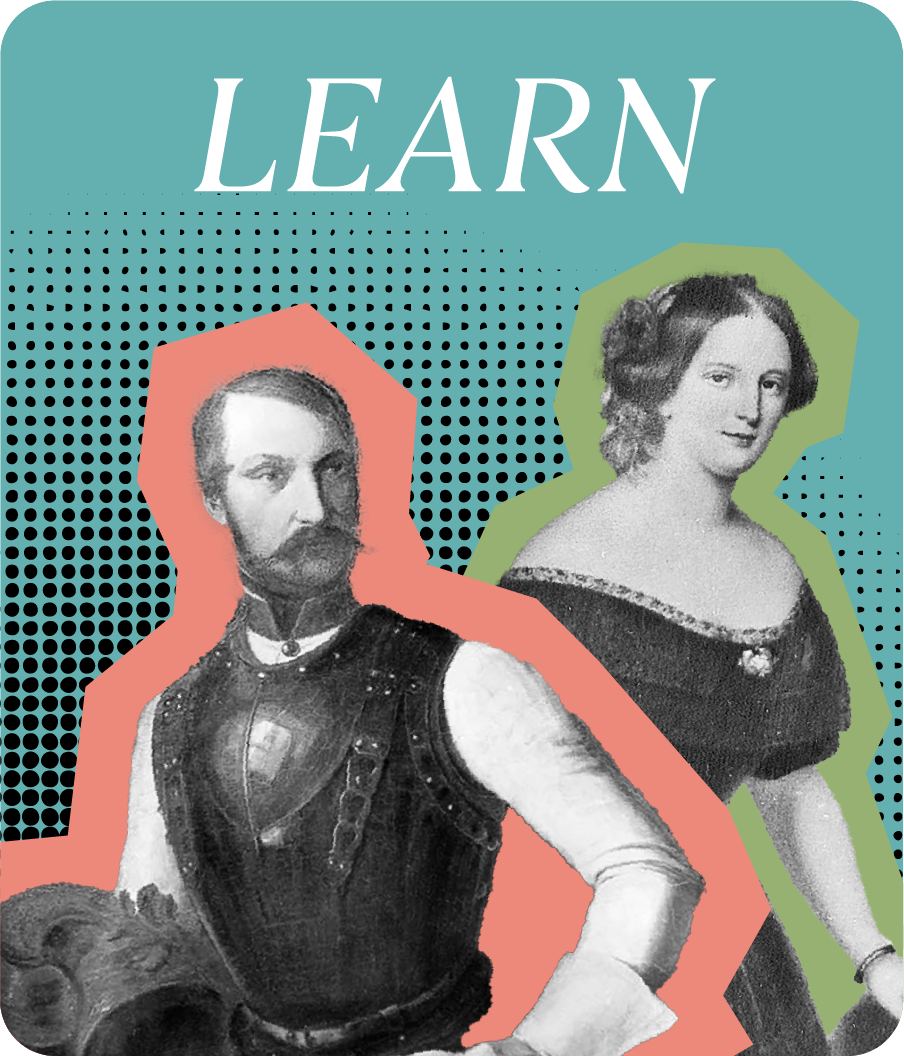
By Keva Hoffmann Boardman –
I discovered something interesting the other day. In a 1954 New Braunfels Herald column called, “The Melting Pot,” the writer, Gordon Rose, discusses the names of nearby localities known by both German/Anglo and Mexican citizens. The names these two cultures chose give us insight to how people thought about things. Let me give you some examples.
The community of Zorn, on Hwy 123, was established by Joseph Zorn when he built the first store in the area in the 1850s. In 1903, Fritz Galle drilled a well next to York Creek and found water containing high concentrates of sulfur and other minerals. The Mexican community began calling Zorn “Asufrosa” (Sulfur) and would visit the town’s sulfur well to bathe and drink in the healing water; they would also bring buckets to fill and take home.
Barbarossa, a small town on FM 758, was settled in the 1860s by German immigrants who named their community in honor of Holy Roman Emperor Frederick Barbarossa. (It has always sounded like the name of a pirate to me.) Spanish-speaking old-timers called the settlement “El Salon Quemado” (The Burned Room/Hall) after the local dance hall burned down.
Solms, just down IH-35, was originally known as Four-Mile Creek when it was settled in the late 1840s. The settlement was renamed Solms in the 1880s to honor Prince Carl of Solms-Braunfels. To local Mexicans, the area was known as “Los Olmos” (The Elms).
Four miles southwest of NB, Dittlinger is located on the Union Pacific (IG &N) Railroad. It was organized in 1907 by H. Dittlinger as a company town for his rock crushing plant and lime kiln and included houses, store and school. The Hispanic American families that made Dittlinger their home called it “La Calera” (The Lime Kiln).
The small community of Hortontown was across the Guadalupe River from NB. It was settled in 1847 when Leopold Iwonsky sold fifty-acre tracts from the Albert C. Horton survey. In 1850, Jacob de Cordova provided a lot for St. Martin’s Evangelical Lutheran Church to build a structure. The church tower was topped with a “wetterhahne” or a weathervane that included a rooster. The area’s Spanish speakers began referring to the neighborhood as “El Gallo” or” El Gallito” (The Rooster or Little Rooster) in reference to the weathercock.
The neighborhood near the S. Seguin Street overpass got the English nickname of “Frogtown” soon after the construction of the railroad track. The track’s elevation caused serious drainage issues and the flooded areas attracted myriads of croaking frogs until the impromptu ponds evaporated. Local Mexican citizens called the neighborhood “Canta Ranas” (Singing Frogs).
The neighborhood at the end of W. San Antonio Street past Live Oak is known as “The West End.” The neighborhood, predominantly settled by Hispanic families from the very early days of New Braunfels, was one of the last downtown areas to have access to city water and sewage. Its inhabitants aptly called it “Barrrio Seco” (Dry Neighborhood). Many continue to call it that today.
Back behind Sts. Peter and Paul Catholic Church runs Zink Street, so named because Nicholas Zink set up his survey equipment in 1845 and platted the town of New Braunfels from there. A group of small tin-roofed houses sat along part of the street, which its Hispanic occupants called “La Hojahata” (Tin). The appellation could have described most of New Braunfels which was known as “The Tin City” because its fire codes required tin roofs on all structures.
Hunter is a small community up Hunter Road on York’s Creek (think Riley’s Tavern). It was named for Andrew Jackson Hunter who, in 1867, settled and operated a thousand-acre cotton farm in the area. The town was established in 1880 when tracks were laid by the IG&N Railroad. By 1883, Gustav Schleyer had set up a post office and general store which were joined by a cotton gin, a grocery and a saloon by the next year. As the town grew, more saloons, a blacksmith, a barbershop, a wagon maker, a gristmill and a meat market were added. Hunter’s son-in-law, Edward M. House, and Harry Landa formed a partnership that bought up nearby land, set up the Hunter Cotton Gin Co. and used mule teams to haul cottonseed to Landa Cotton Oil Mill (think the Wurstfest buildings). A large influx of Mexican immigrants began settling in the community and a school and St. John’s Catholic Church reflected that impact. They called the community “La Mota” (The Speck or Weed).
As cotton growing declined with the arrival of the boll weevil, these Mexicans found themselves out of work. An enterprising group, led by town carpenter Pablo de la Rosa, began new businesses which capitalized on the auto traffic going through Hunter/La Mota on its way to San Antonio and Austin. In 1921, Pablo went to San Antonio and learned how to make plaster of Paris casts of animals. He opened the first plaster art shop in the town selling colorful bulldogs and flower bouquets as doorstops and bookends. His bulldogs didn’t have closed jaws but wore a snarl and stuck out red tongues. Pablo de la Rosa also created his own plaster casts of the Virgin de Guadalupe and busts of Hidalgo.
The town barber, Bernardino Sanchez, followed Pablo’s lead and also went to San Antonio to learn how to make plaster casts which included horses and cows, which he painted with spots. Eventually he owned four shops in downtown La Mota – buying nine lots along the road. Soon other families engaged in the creation of plaster dogs, cows, birds, chickens, flower bouquets and the like, all highly painted in bright colors. The plaster art reflected the seasons: longhorns with UT on their foreheads, deer during hunting season, rabbits and lambs during Easter. Cars passing through Hunter whizzed by rows and rows of wooden tables and benches loaded with the painted plaster animals which sold for eight cents to three dollars each. Business was great and Mr. Sanchez was able to pay cash for a brand new 1928 Model A Ford.
My dad remembers going through Hunter as a child. It was a magical drive with what seemed like countless enticing creatures lining the road. His family purchased a life-size bulldog that they used as a doorstop. As we talked, he wondered what had happened to that dog. I wonder too.
Anyone remember Hunter’s plaster animals or still have an example of this unique art?
Do any of you know interesting dual place names of other locales in Comal County? Let me know!
Sources: New Braunfels Herald and Neu Braunfels Zeitung collections; SA Express News Aug 5, 1928; “Reflections” oral history, #81 Albert Hoffman; and vertical files, Sophienburg Museum & Archives; Around the Sophienburg, Myra Lee Adams Goff, pp248-249; Phone interview with Paul O. Sanchez; https://www.co.comal.tx.us/CCHC.htm; http://www.texasescapes.com; https://www.tshaonline.org.






